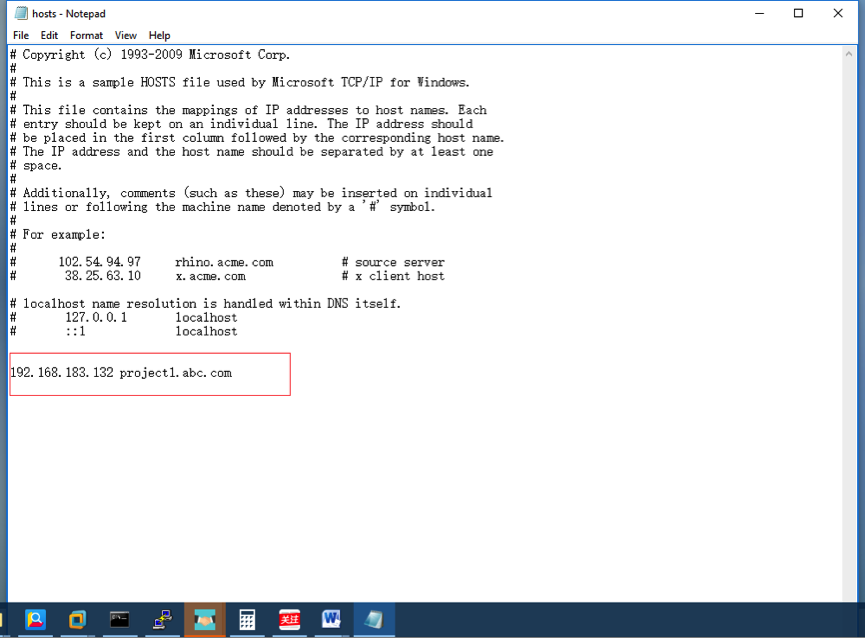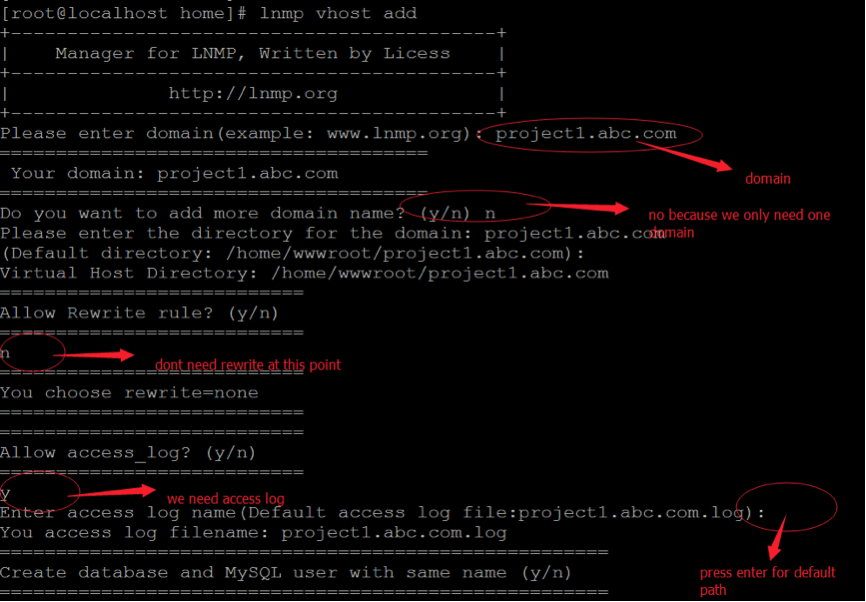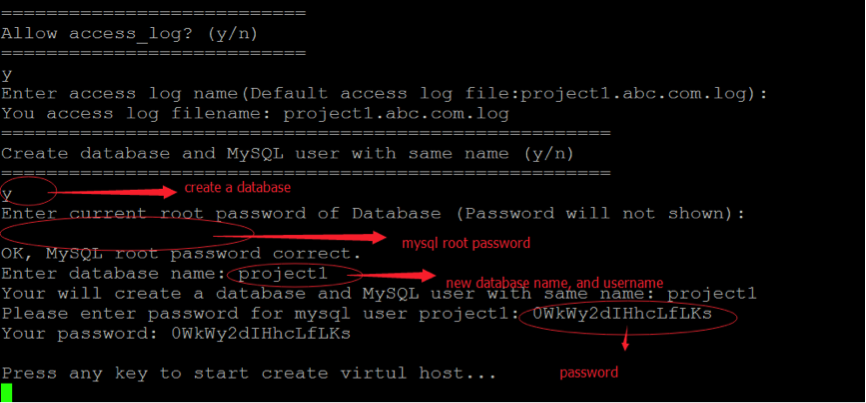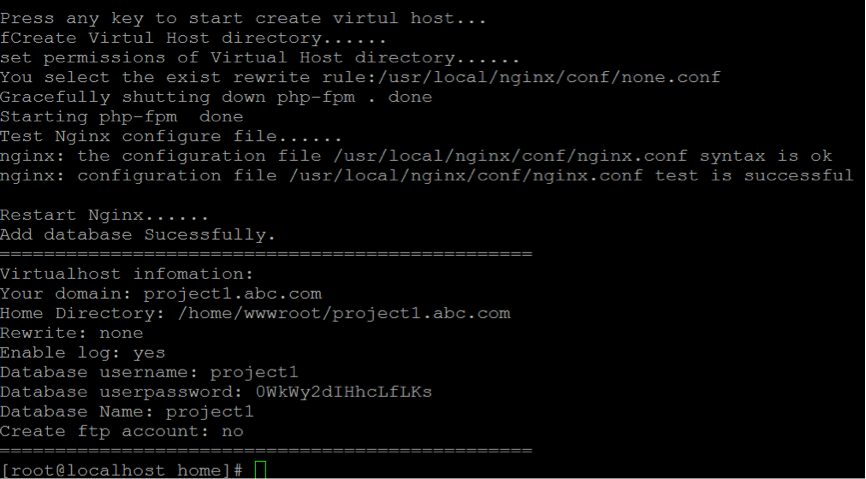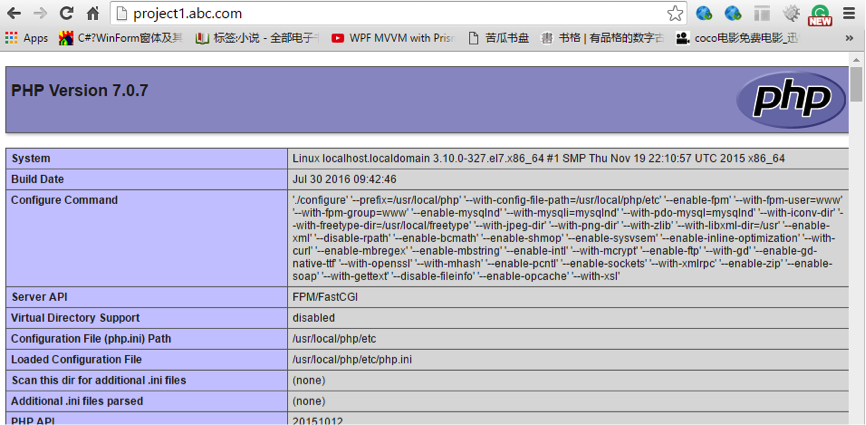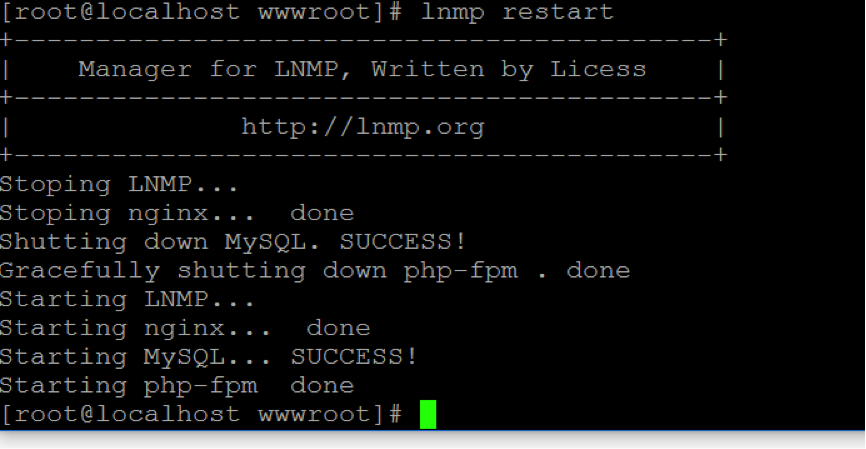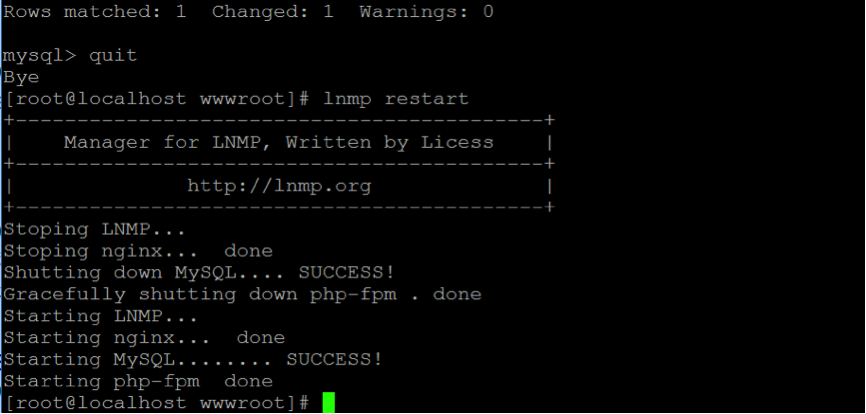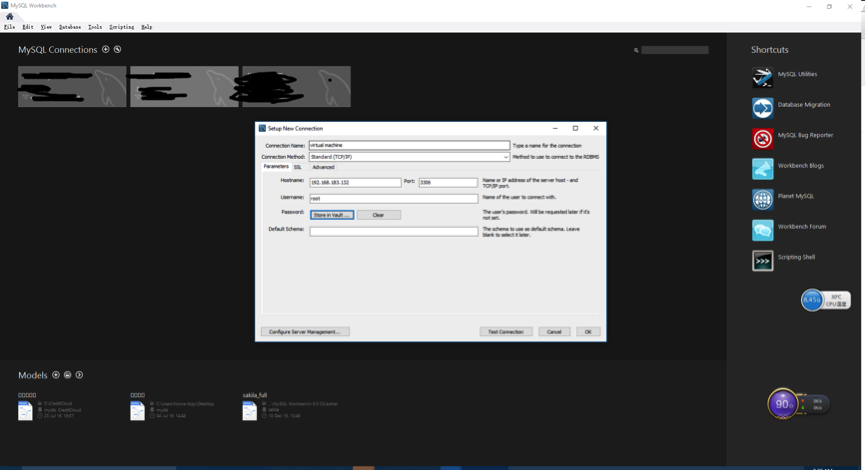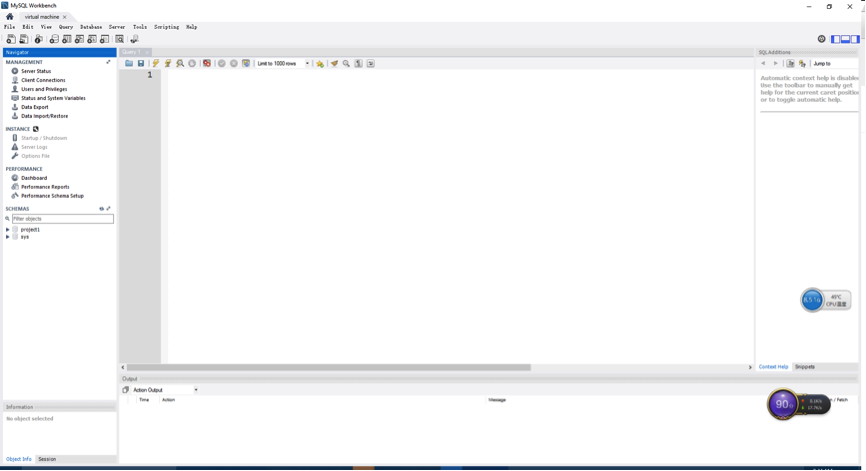Implementation of Token Based Authentication
###What is token based authentication
Token-based authentication is a method to authenticate user access to the specific resources with a valid token that is generated by the server only if user provided a correct username and password.
###Steps to implement a simple token-based authentication example
a) Create customer database
b) Unique token generator
c) Implements customer login operation
d) Authentication
###Create a customer database
Create table customer (
customer_id int(11) not null AUTO_INCREMENT,
username varchar(255) unique not null,
password varchar(255) not null,
token varchar(255),
expired varchar(100),
ip varchar(255),
primary key (customer_id)
);
Add a customer:
Insert into customer(username, password) values("admin", "123456");
###Unique token generator
We need a method to generate unique token for different customers. The token is composed by three parts: machine id, timestamp and unique id.
//generate token
function generate_token(){
$date = new DateTime();
$token = $date->getTimestamp();
//if we have multiple server, we need to assign different prefix to each one
$token = uniqid('server1', true);
return $token;
}
###Customer login
<?php
error_reporting(E_ALL);
ini_set('display_errors', 1);
//get username and password
$username = $_POST['username'];
$password = $_POST['password'];
$ip = $_SERVER['REMOTE_ADDR'];
//generate token
function generate_token(){
$date = new DateTime();
$token = $date->getTimestamp();
$token = $token . uniqid('server1', true); //if we have multiple server, we need to assign different prefix to each one
return $token;
}
//connect database
try {
$pdo = new PDO('mysql:host=localhost;dbname=project1', "project1", "0WkWy2dIHhcLfLKs");
$sql = "select * from customer where username=:username and password=:password";
$sth = $pdo->prepare($sql, array(PDO::ATTR_CURSOR => PDO::CURSOR_FWDONLY));
$sth->execute(array(':username' => $username, ':password' => $password));
$customer = $sth->fetchAll();
if(count($customer) == 0){
echo "username or password not correct";
die();
}else{
$customer = $customer[0];
$customer_id = $customer['customer_id'];
$token = generate_token();
//expired after 24 hours
$date = new DateTime();
$date->add(new DateInterval('PT24H'));
$sql = "update customer set token=:token, ip=:ip, expired=:expired where customer_id=:customer_id";
$sth = $pdo->prepare($sql, array(PDO::ATTR_CURSOR => PDO::CURSOR_FWDONLY));
$sth->execute(
array(
':token' => $token,
':ip' => $ip,
':expired' => $date->getTimestamp(),
':customer_id' => $customer_id
)
);
echo "token : " . $token;
}
$dbh = null;
} catch (PDOException $e) {
print "Error!: " . $e->getMessage() . "<br/>";
die();
}
###Authentication by token
<?php
//check user token
$token = $_POST['token'];
$ip = $_SERVER['REMOTE_ADDR'];
//current timestamp
$date = new DateTime();
$timestamp = $date->getTimestamp();
//connect database
try {
$pdo = new PDO('mysql:host=localhost;dbname=project1', "project1", "0WkWy2dIHhcLfLKs");
$sql = "select * from customer where token=:token and ip=:ip and expired > :timestamp";
$sth = $pdo->prepare($sql, array(PDO::ATTR_CURSOR => PDO::CURSOR_FWDONLY));
$sth->execute(array(':token' => $token, ':ip' => $ip, ':timestamp' => $timestamp));
$customer = $sth->fetchAll();
if(count($customer) == 0){
echo "you haven't login system";
die();
} else {
$customer = $customer[0];
$username = $customer['username'];
echo "you are : " . $username;
}
} catch (PDOException $e) {
print "Error!: " . $e->getMessage() . "<br/>";
die();
}
By checking IP address and expired time, an illegal token can be prevented to access the system.



